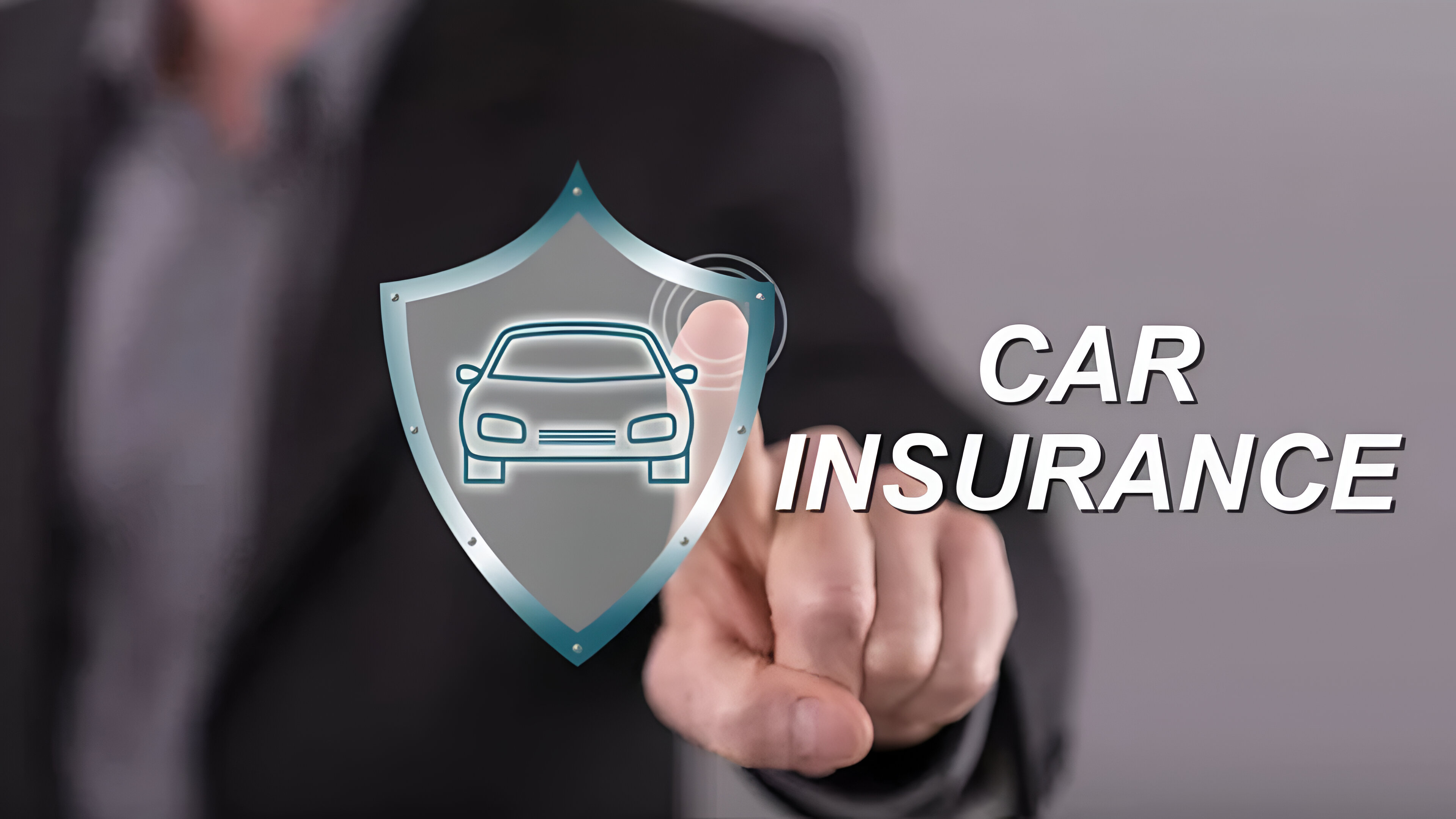
1. What Is Auto Insurance?
Auto insurance is a financial agreement between you and an insurance provider that protects you from financial loss in the event of an accident, theft, or other vehicle-related damage. It covers costs related to vehicle repair, medical expenses, and liability claims depending on the type of coverage you choose. By paying a premium, you gain peace of mind knowing that you’re financially protected on the road.
2. Liability Coverage Explained
Liability coverage is typically required by law and consists of two components: bodily injury liability and property damage liability. Bodily injury liability covers medical expenses, lost wages, and legal fees for injuries you cause to others in an accident. Property damage liability pays for the damage to another person’s vehicle or property. This is the foundation of most auto insurance policies and ensures you are protected if you are at fault in an accident.
3. Understanding Collision Coverage
Collision coverage pays for the repair or replacement of your own vehicle after an accident, regardless of who is at fault. This type of coverage is especially important if you have a newer or valuable car. While not legally required, it is often mandated by lenders or leasing companies if your vehicle is financed or leased. It provides essential protection in case of major accidents or rollovers.
4. The Role of Comprehensive Coverage
Comprehensive coverage protects your vehicle from damage that isn't related to collisions, such as theft, vandalism, fire, natural disasters, or hitting an animal. It's an optional but highly valuable type of insurance, especially if you live in areas prone to severe weather or have concerns about theft. Combined with collision insurance, it offers complete protection for your vehicle.
5. Personal Injury Protection (PIP) and Medical Payments
Personal Injury Protection (PIP) and Medical Payments (MedPay) help cover medical expenses for you and your passengers after an accident, regardless of who caused it. PIP may also include lost wages and rehabilitation costs. This type of coverage is required in some states and optional in others. It ensures that you receive necessary care without waiting for liability decisions to be made.
6. Uninsured and Underinsured Motorist Coverage
Not all drivers on the road carry sufficient insurance. Uninsured and underinsured motorist coverage protects you if you’re in an accident caused by someone who has little or no insurance. It covers medical costs and, in some cases, vehicle damage. This type of coverage is vital for your protection, especially in areas with a high number of uninsured drivers.
7. Optional Add-ons and Endorsements
Many insurers offer add-ons that can enhance your auto insurance policy. Popular options include roadside assistance, rental car reimbursement, gap insurance, and custom parts and equipment coverage. These endorsements provide additional protection tailored to your specific needs and lifestyle. Review your insurer’s offerings to customize your coverage.
Conclusion: Choosing the Right Auto Insurance
Understanding auto insurance coverage is essential for every vehicle owner. From liability to comprehensive, each type of coverage serves a unique purpose in protecting you financially. By evaluating your needs, state requirements, and vehicle type, you can build a policy that gives you peace of mind every time you hit the road. Take time to compare quotes and understand what each policy includes so you can make a well-informed decision and drive with confidence.